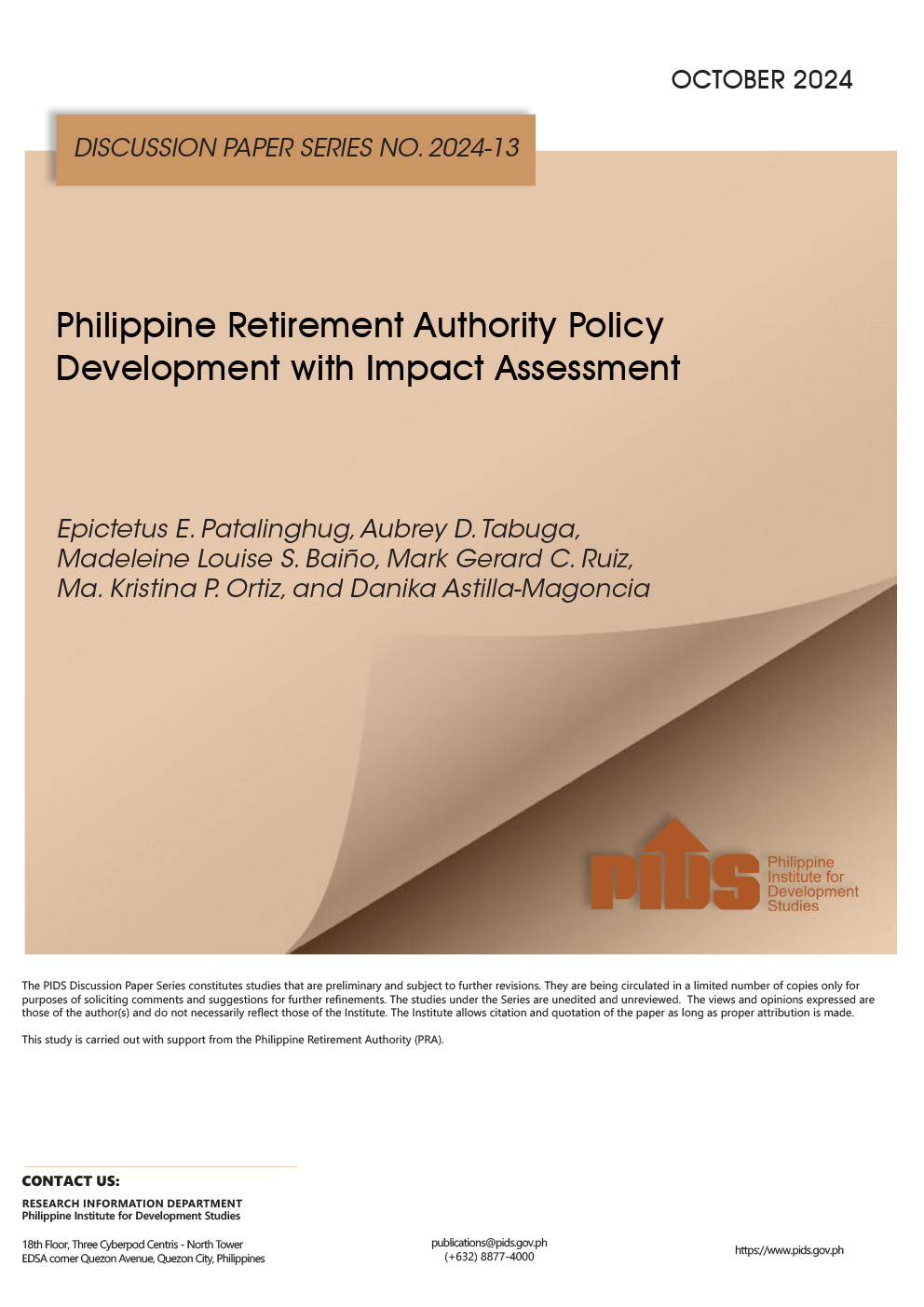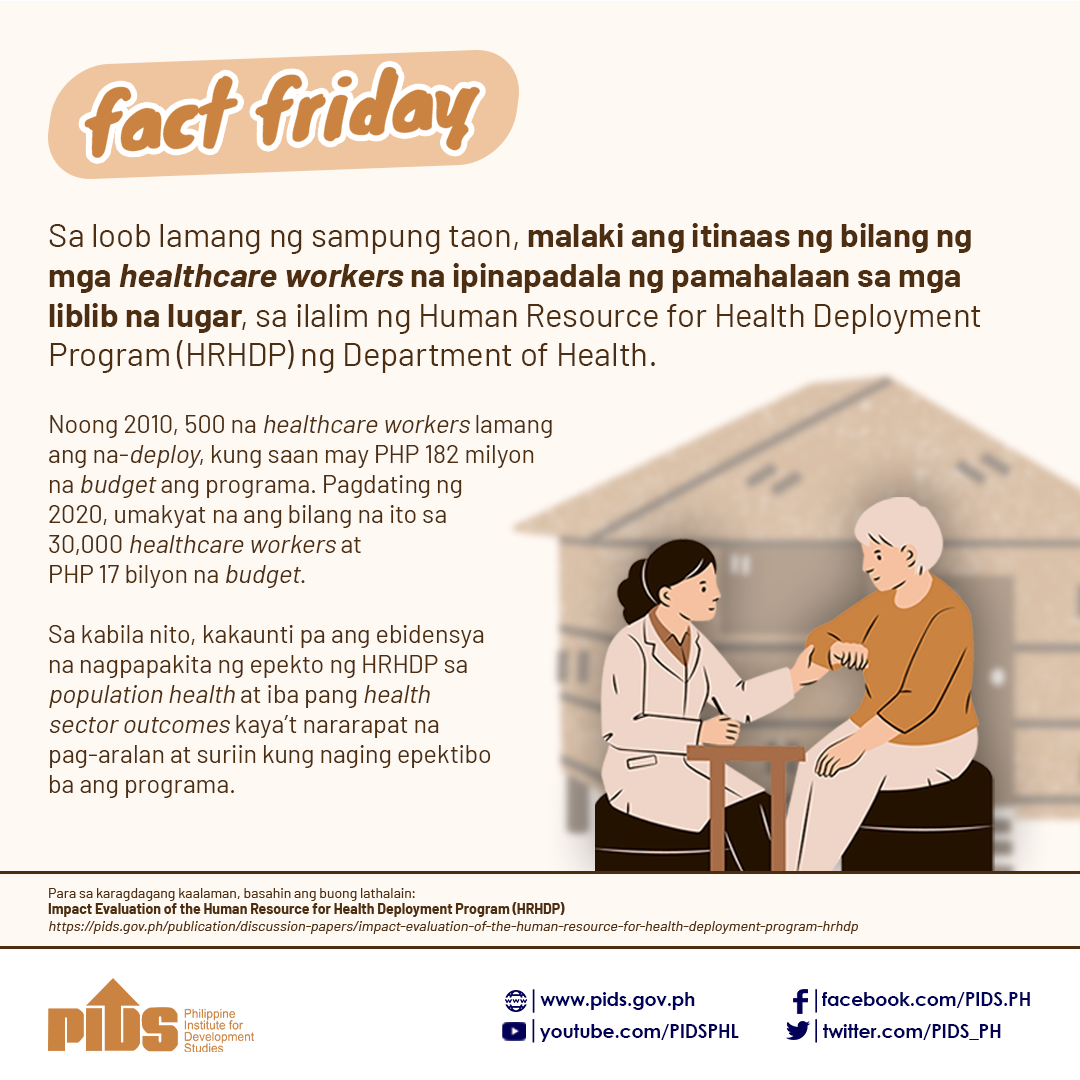The emergency unconditional cash transfer (UCT) program of the United Nations Children’s Fund (UNICEF) showed positive results on Yolanda victims, according to a study published by state think tank Philippine Institute for Development Studies (PIDS).
The UCT program, UNICEF’s first cash transfer program in the country, provided monthly cash assistance of USD100 (or PHP5,000) to 10,000 Yolanda-affected families living in Tacloban City and neighboring municipalities from February 2014 to July 2014.
The six-month program targeted households with pregnant and lactating women, children suffering from moderate/severe acute malnutrition or at risk of malnutrition, persons with disabilities, persons with chronic illness, elderly persons, single female-headed households, child-headed households, and households hosting separated children.
In the study, authors Celia Reyes, Jose Ramon Albert, and Charina Cecille Reyes, PIDS president, senior research fellow, and consultant, respectively, emphasized that the UCT is different from the government’s conditional cash transfer program, because the former does not impose any conditions on the beneficiaries to allow them to address the specific needs of their respective households.
The authors asserted that contrary to the negative perception of cash transfer programs, “the UCT has actually been a big help to beneficiary households” in various aspects of the victims’ recovery.
In terms of health and nutrition, beneficiaries had spent more than half of the cash assistance on food. This, according to the authors, resulted in “significant decline in the prevalence of malnutrition among children from 5 percent to about 1 to 2 percent”.
The program was also able to increase the average monthly income of beneficiaries, but the authors noted that it drastically declined when the grant ended, with some households falling back into poverty. Moreover, while unemployment rate was reduced when the program ended, the number of children engaged in economic activity grew.
It also improved the educational status of children in affected areas, but school attendance slightly decreased when the program ended.
Overall, the program’s effect on the recovery of beneficiaries was more evident for “those who used part of their cash transfer for livelihood or savings”, according to the authors. However, they also emphasized that while it had yielded positive results, “six months of assistance may not have been long enough for some households to get back on their feet.”
Based on the UCT’s experience, similar programs in the future should consider setting up more accessible distribution points and generating local level data for targeting of beneficiaries. It is also important to consider that “cash transfer programs are more useful when supply chains have been restored,” the authors said.











